Wordstruck
 Well, I’m impressed, and while I try to absorb all your recommendations, let’s get into it with the one title I’m surprised so few of you have suggested: Brian Selznick’s WONDERSTRUCK.
Well, I’m impressed, and while I try to absorb all your recommendations, let’s get into it with the one title I’m surprised so few of you have suggested: Brian Selznick’s WONDERSTRUCK.
Fuse #8 posted her online review yesterday, which includes some interior images for you. Arranged physically like HUGO CABRET, this is a completely different story, including shifts in time, and a visual narrative that evokes–rather than the movies of CABRET–the interior narrative of deaf characters. As a non-deaf reader, I found this visual/worded narrative stream even more effective in WONDERSTRUCK than it was in CABRET, in terms of capturing me emotionally with character, setting and narrative tension.
ADVERTISEMENT
ADVERTISEMENT
But here we get to the complication (and it will be a parallel, but totally different complication for our friends at Calling Caldecott, which is indeed now live), because the Newbery criteria remind us that:
2. Each book is to be considered as a contribution to American literature. The committee is to make its decision primarily on the text. Other components of a book, such as illustrations, overall design of the book, etc., may be considered when they make the book less effective.
While “text” still does primarily mean, in common parlance, and clearly in the intention of these criteria, “written words,” I believe that the meaning of this word is shifting, and within not too long a time we’ll see a more common acceptance of “text” to include other elements, including visual. Etymologically the root has to do with “thread” and “weaving,” and the definition of the word seemed to have come around to distinguish things recorded physically–i.e., “written words,”–rather than orally. I personally don’t believe that readers experience “word” text separately from visual “text” anymore…as, probably, they didn’t when the written word first came about.
But this year, with this book, this Newbery committee is bound by that criterium, and the third sentence pretty clearly indicates that the word “text” is to be taken as “words,” because “other components…such as illustrations” are to be excluded from consideration unless “they make the book less effective.” (While the manual includes a section of expanded definitions to further clarify criteria, this one is not addressed there. Yet.)
With other examples of illustrated contenders for the Newbery, the “trick” for considering them is to cover up the illustrations so that one can focus solely on the worded text. That doesn’t quite work here, because the worded text doesn’t tell the whole story. Must it, under the Newbery criteria? I don’t see where the criteria call for that. I would want to, in discussion, look for evidence of distinguished characteristics solely in the worded text, and would find them distinguished if they do their part with “eminence and distinction,” etc. Do they? My personal jury is still out. I think Selznick’s writing here is stronger than it was in CABRET, yet will it stand up to some of the other major contenders this year? The problem, when considering this for the Newbery, is that while this is certainly a distinguished book, the best parts of it are not necessarily in the words.
Filed under: Uncategorized
About Nina Lindsay
Nina Lindsay is the Children's Services Coordinator at the Oakland Public Library, CA. She chaired the 2008 Newbery Committee, and served on the 2004 and 1998 committees. You can reach her at ninalindsay@gmail.com
ADVERTISEMENT
ADVERTISEMENT
SLJ Blog Network
One Star Review, Guess Who? (#202)
This Q&A is Going Exactly As Planned: A Talk with Tao Nyeu About Her Latest Book
Exclusive: Giant Magical Otters Invade New Hex Vet Graphic Novel | News
Parsing Religion in Public Schools
Take Five: LGBTQIA+ Middle Grade Novels
ADVERTISEMENT

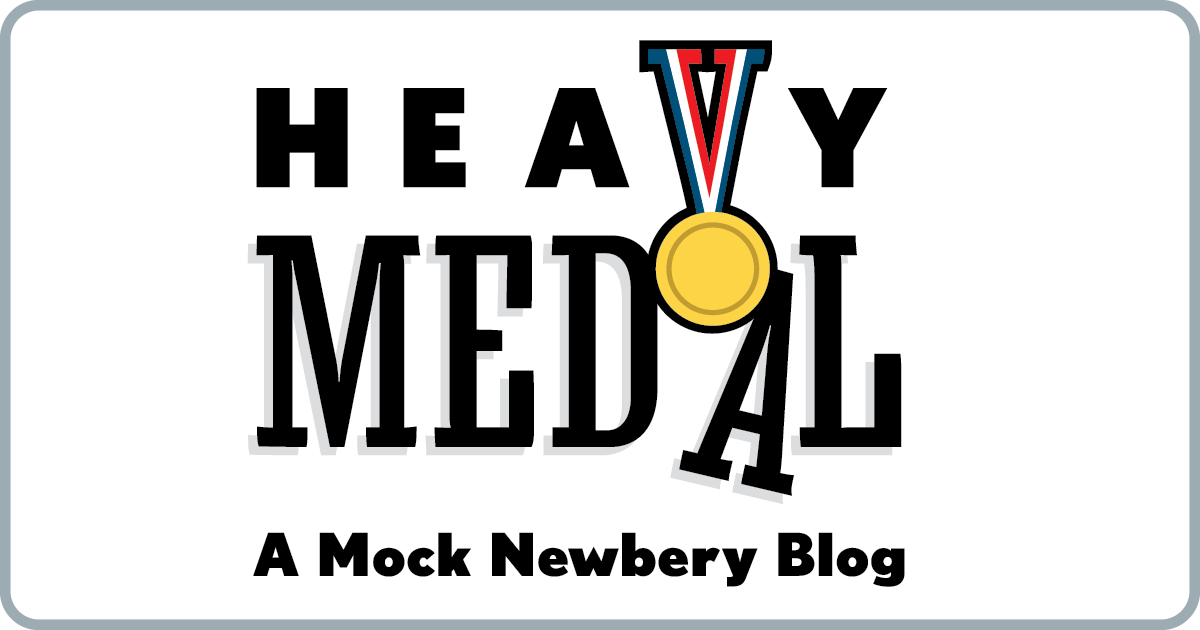

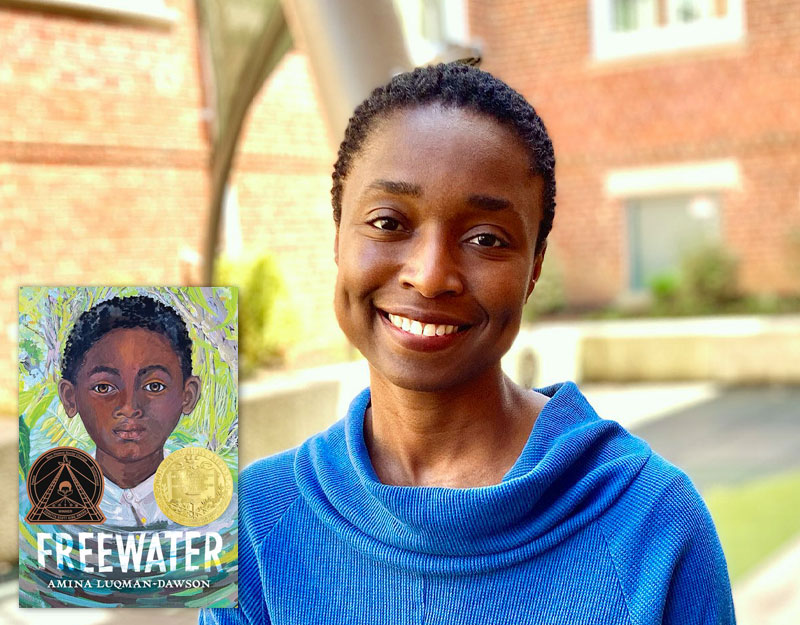

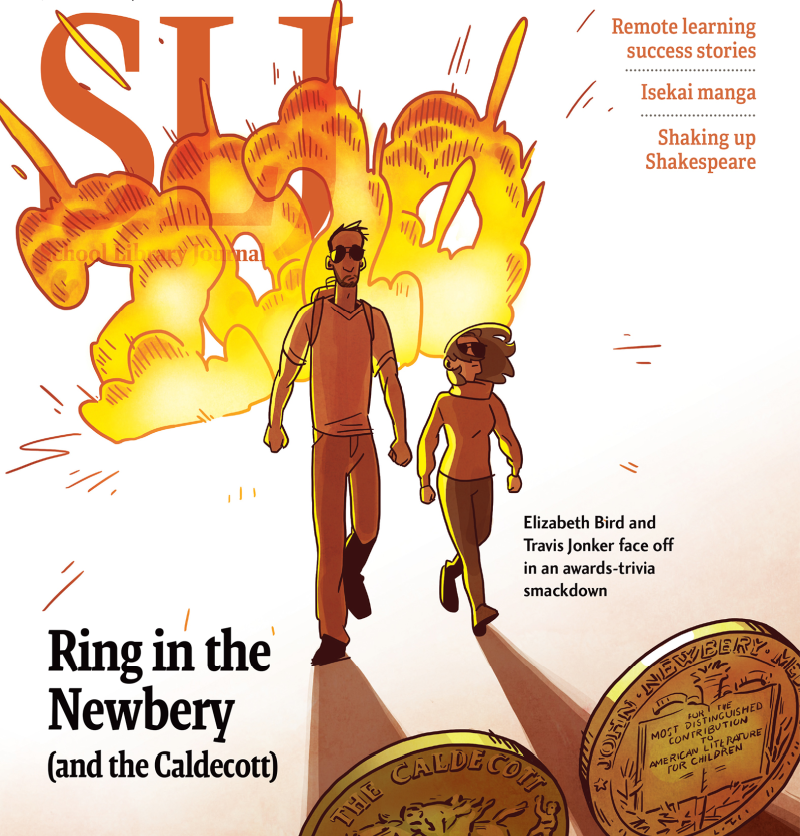
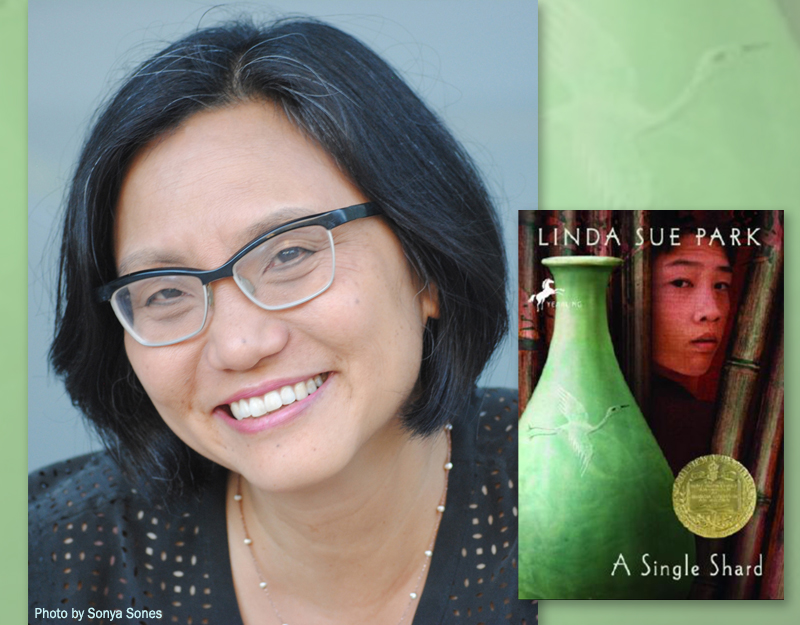
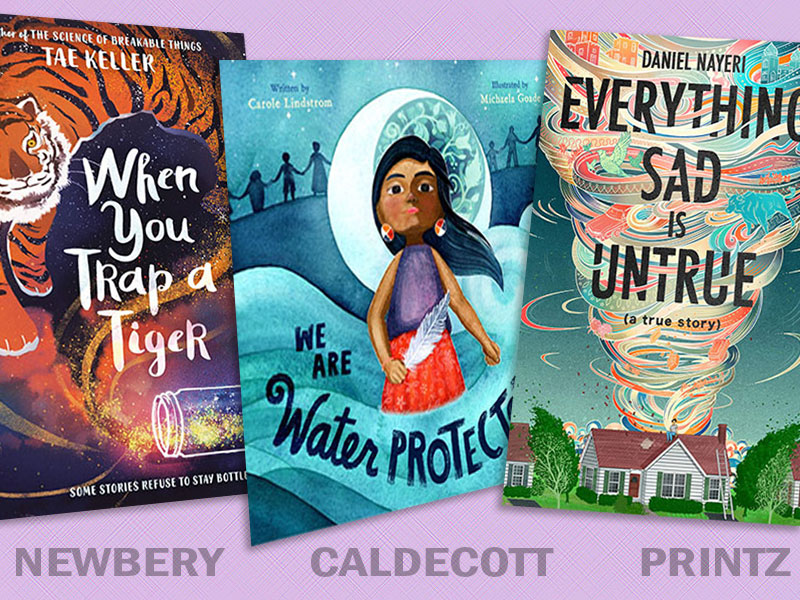
While I love this book, I do agree with your closing statement: “the best parts of it are not necessarily in the words.”
I loved it too. At first I thought Brian was just going to capitalize on Hugo, but the story is so totally different the way the two tales intertwine.
However, I was concerned about the illustrations telling one whole story. I think the text may need to be read alone to see if the writing holds up.
One thing is for sure, Brian is breaking barriers.
Out of the desire to do something “big” when I finished WONDERSTRUCK, I ran and put it on my GoodReads Newbery list. I would have build it an alter in a gazebo of worship if I had the talent for that type of thing. Alas. I had to settle for a digital equivalent. (I believe I moved it once reality and Patrick Ness moved in.)
I agree that WONDERSTRUCK out distances HUGO in terms of the story it tells and the connection it will make with its readers. I can’t wait for my students to begin reading it. (Lots of waiting on UPS this month).
Nina, those are some very pretty words you used to talk about the nature of text. One of the many reason to adore Heavy Metal.
I think it would be a disservice to the work of art Selznick created to detach half of his story just to cram it into the mold set by the criteria. So, although it is not Newbery material for this year, it will stand out as one of the best books of 2011 and, I predict, it will have a lasting place in Children’s literature.
(Dang, I wish my package would come already!)
I don’t see anywhere in the Newbery criteria where it states that the text and the text alone must convey the entire story. What they do say, however, is that if we give recognition to WONDERSTRUCK it must be for the text, and that in order to do that there must be distinguished features in the text. I do think there are distinguished features (just as I thought there were distinguished features in the text of HUGO CABRET). Now are the texts of these books most distinguished in their respective years? That’s a whole ‘nother kettle of fish.
So it really doesn’t matter whether or not the pictures are the strongest part of WONDERSTRUCK, but rather how the distinguished textual features compare with the other contenders. I’d also like to say that when we cover and/or ignore illustrations, it’s not to pretend as if they do not exist, nor to demand that the story make sense without them, but rather to gauge how we respond to the text without their presence. A subtle, but important difference.
I do think that Wonderstruck is a distinguished book, but not because of the text alone. It’s the whole package that makes it great. I hope it will win some of the (more enlightened? newer?) awards that take into account the whole package, like the Boston Globe-Horn Book Award. It is something wholly different than the Newbery and Caldecott were set up to honor.
I have read the reviews of Wonderstruck and can’t wait to get my hands on it. But, being that it’s not out on shelves quite yet, not all of us have read it yet.
Jonathan,
DO you think you’d feel the same if the book looked the same, but the illustrations had been done by someone else? If half the narrative depended on art provided by someone other than the author you were considering for the award?
Obviously this happens with the Caldecott (illustrations win, but are upheld as narrative by a different person’s text) , so it’s totally reasonable that it might be reversed in a case like this, but I’m curious if you think it would affect the way you feel about it.
It’s hard to say, but I’d like to think that I would be just as enthusiastic, since the award is soley for the text. Perhaps a good comparison might be CITY DOG, COUNTRY FROG. We’ve been in love with Elephant & Piggie forever, but it wasn’t until Willems collaborated with Muth that we were able to see a substantive enough textual contribution. Maybe not the best parallel, after all. Hmmm.
For me, the job of the Newbery is to pay closest attention to the most significant contribution to children’s literature. Begin with the words, but don’t lose sight of the significance of the entire package. It would be a shame for a book to be overlooked simply because it has other outstanding elements, in addition to the text (even if it can be argued that those elements are better than the text). The Newbery should be the most significant contribution of the year.
I finally got my copy of this today, and I have to say that I’m a little confused. While the text alone doesn’t tell the “whole” story, it certainly does tell *A* whole story, and in a very very distinguished way. I can’t really see how this could be excluded at all, except along the same principles that seem to exclude virtually all picture books. For me, it’s a strong contender.
Mark, for me the power of the book is in the two stories coming together so if I were on the Committee I’d have to figure out how to make a case for it all being “text” as Nina discusses above. I also think atmosphere is a significant factor in this book and it is mostly developed through imagery. Finally, the whole idea of silence, of deaf culture through visuals — that is also so important here. How would you make a case for the story being told textwise? Can you bring in all the elements developed via the illustrations? Or how do you argue specifically in the textual story alone being distinguished? I’m very interested in your arguing in detail, using the criteria and examples, for this book. I could not for the life of me figure out how to do it with Hugo Cabret and I’d love to see this one succeed, but in its completness, not as a part of a whole.
Monica, although I’m not prepared to do so now without the book in front of me, I think you can find examples of distinguished writing in the text, and the text alone. In order to discuss the narrative structure of the text, I think you can also briefly mention how they interact with the illustrated story. I do not think you can–or should–discuss the strengths of the illustrations. So, the imagery of the illustrations is out of bounds, the setting as developed in the illustrations is out of bounds, and any thematic material relating to deaf culture is out of bounds. I’m not sure where you are getting this idea of completeness vs. part of a whole. Not from the criteria, certainly. 😛
Monica,
I agree that the interaction with the images is a huge part of the book’s success. My point was simply that I think that the text stands as a single story, and I believe it to be written beautifully. So, my argument on the committee would be, essentially to just look at the “part of a whole” (in your words) that is text and forget about the images entirely. I agree that that isn’t a particularly satisfactory answer, but I also believe that the Newbery award is wrong to disregard illustrations, just as the Caldecott is wrong to disregard text. But that’s a totally different discussion.